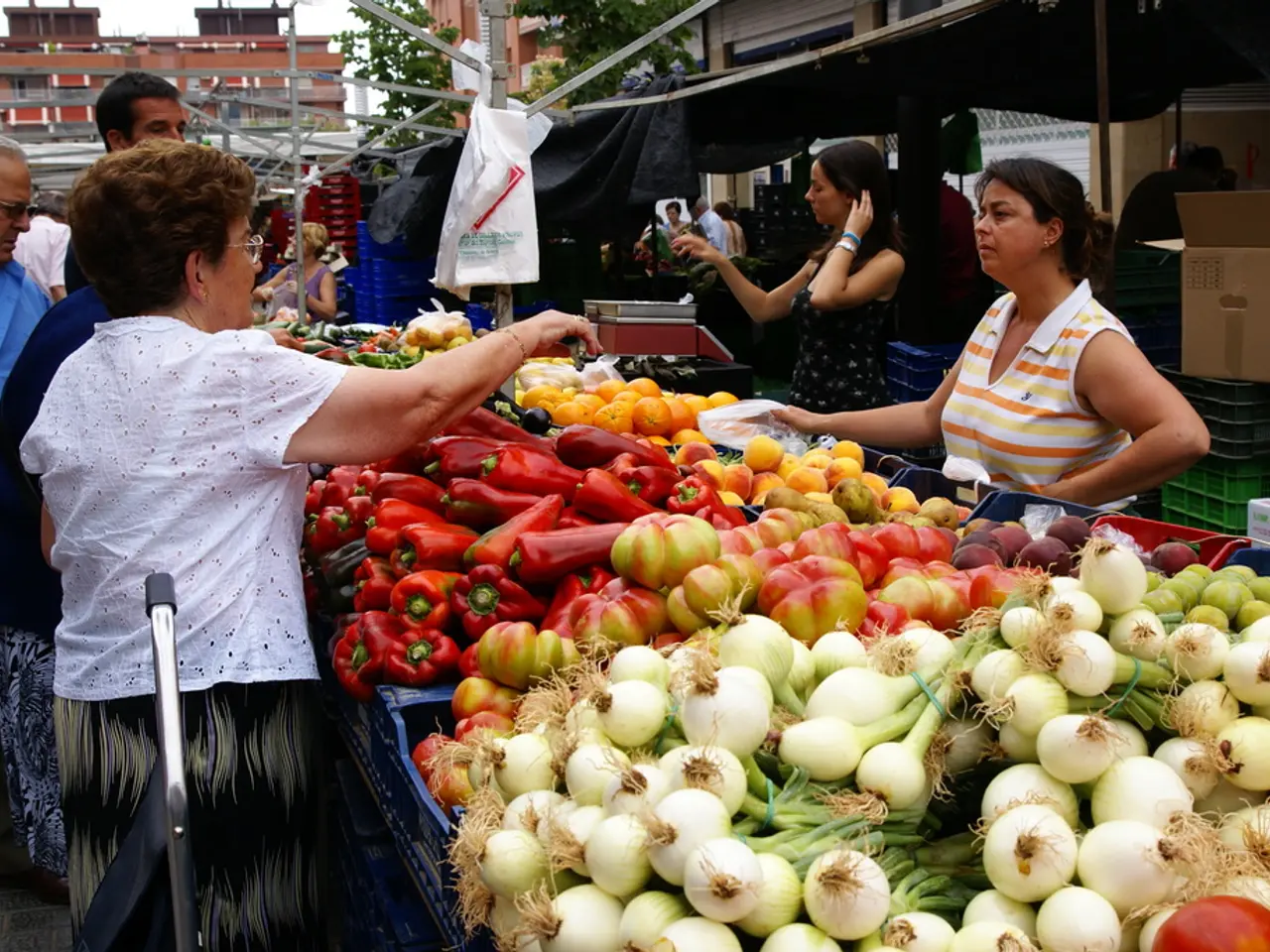Alternative Ground Materials for Your Planter
Creative and Cost-Effective Alternatives to Potting Soil
In the quest for a greener and more economical garden, innovative solutions are being explored to replace traditional potting soil. Here are some creative and cost-effective alternatives that can help save on soil volume, improve drainage, and recycle materials you may already have.
Fillers for Planters
Using sturdy filler materials, such as rocks, broken ceramic, landscaping fabric, bricks, large logs, and branches, helps prevent soil from shifting in planters. For a more organic approach, consider using pinecones, sticks, leaves, pine needles, wood mulch or wood chips, and even crushed plastic water bottles or styrofoam. These natural and repurposed materials promote airflow at the pot's base, reducing the amount of potting soil needed.
Cardboard: A Versatile Solution
Cardboard boxes can be used as containers for plants after being reinforced with tape or lined with a plastic bag with drainage holes. Additionally, cardboard can be layered as a biodegradable filler base that helps reduce soil volume. When used as a base for planters, cardboard will break down over time, suppressing grass growth and reducing the number of weeds in new growing areas.
Cardboard and newspapers can also be used to create seed starters by cutting them into shapes and rolling them into pots. Recycled seed starters can be filled with soil and placed close together on trays, with the newspaper or cardboard decomposing into the soil as fertilizer.
Lasagna and Hugelkultur-Style Beds
Layers of brown and green organic material can be added on top of the cardboard in 'lasagna' or hugelkultur-style beds, followed by a layer of soil or compost. This method is excellent for 'no-dig' garden options and helps maintain a healthy soil ecosystem. Cardboard can also be used as a base for these beds, providing a sturdy foundation.
Choosing the Right Alternative
When choosing an alternative to potting soil, consider the pot size, the specific requirements of the plant or tree you wish to pot, and the materials you have readily available. By opting for these creative and cost-effective alternatives, you can not only save money but also contribute to a more sustainable garden.
In the process of developing a greener and more frugal garden, one can consider using cardboard as a versatile solution for containers, reinforcement, or even as a biodegradable filler base. Additionally, creative fillers for planters, such as pinecones, broken ceramics, and repurposed materials like crushed plastic bottles, help reduce the amount of potting soil needed and contribute to a more sustainable lifestyle.




